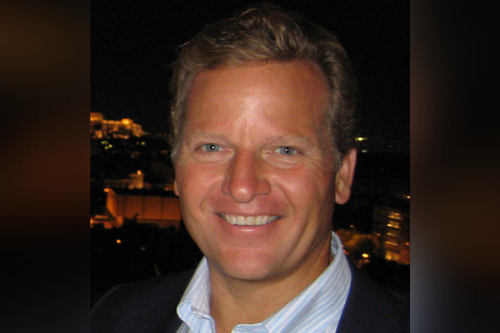

The global yacht market is no stranger to change, and as the prices of vessels increase, brokers in the space need to be focused on due diligence and building better relationships with underwriters.
Jeffrey Beneville (pictured) recently joined NFP as a senior vice president within its Private Client Group (PCG), bringing over 35 years of marine insurance expertise to the company.
With expertise from his international competitive sailing career, Beneville spoke to Insurance Business about the importance of identifying complex liabilities and having a unique risk management approach for superyacht clients.
Read more: Insuring the boats of the rich and famous
“I was a technical superyacht resource for Willis years prior to NFP, primarily because of my racing background,” he said. “As for my insurance background, I was the one that flew around the world to shipyards working with clients, brokers and yacht management companies on new builds.”
With a job that required boots on the ground at commercial yacht facilities, Beneville’s experience and thought leadership in this specialty area was what brought him to NFP’s PCG. With big growth potential in the company’s marine space, he will be implementing strategies to bring in more high-net-worth clients to NFP’s portfolio.
“On the private client side, handling superyachts is complex,” he explained. “When I joined, I was asked to write a case study that would entail some of the different things clients may encounter with single or multiple yacht ownership of different sizes and values.
“A phenomenon in the last 20 years is that the values of these vessels have grown to extraordinarily high levels. With that, underwriting knowledge has really grown.”
The importance of having a comprehensive submission is vital for brokers, as it not only helps build better relationships with underwriters, but it also helps with client retention as well.
All products in the superyacht space are custom built, and Beneville mentioned that to have a comprehensive risk management approach, brokers and underwriters should be aware of niche risks regarding shipyard contract details, such as signing a waiver of subrogation, where the underwriter needs to know the agreement is in place prior a boat getting hauled.
“Hot work is another big risk,” he noted. “When a boat, which is typically made of steel or aluminium is coming out of the water and needs its stabilizers replaced or bow repairs, there’s going to be a lot of cutting, or ‘hot work’ involved.
“If a catastrophic loss occurs because of hot work and the boat wasn’t properly policed, underwriters need to mandate that they shipyard’s hot work clauses are on file.”
Beneville also said that underwriters should also be aware of the ship repair liability (SRL) limit to have some comfort that in the event of a major incident such as a fire, there’s some protection.
There are also smaller risks to consider like if a crew is living at the shipyard, or if a rental car is involved; all the forementioned are things underwriters in the space want and need to know.
The broker-underwriter relationship should be as transparent as possible when dealing with superyachts. Asking questions about the custom towing harness, ghost tracking systems, and night-time towing are all things that, if not communicated to the underwriter, a claim would be denied.
Now that travel restrictions are being lifted, Beneville said the order books are robust in the superyacht space. To prepare for this uptick, brokers should have a dedicated practice team as it’s a difficult space to grow organically.
“Going forward … despite the rising cost of fuel, boat builders and manufacturers are sold out,” he said. “There’s a distinct difference between the superyacht space and all others. There are a lot of great yacht insurance agencies that only cater to the under US$10 million market, but here in the superyacht space, US$10 million is too small for them.”
